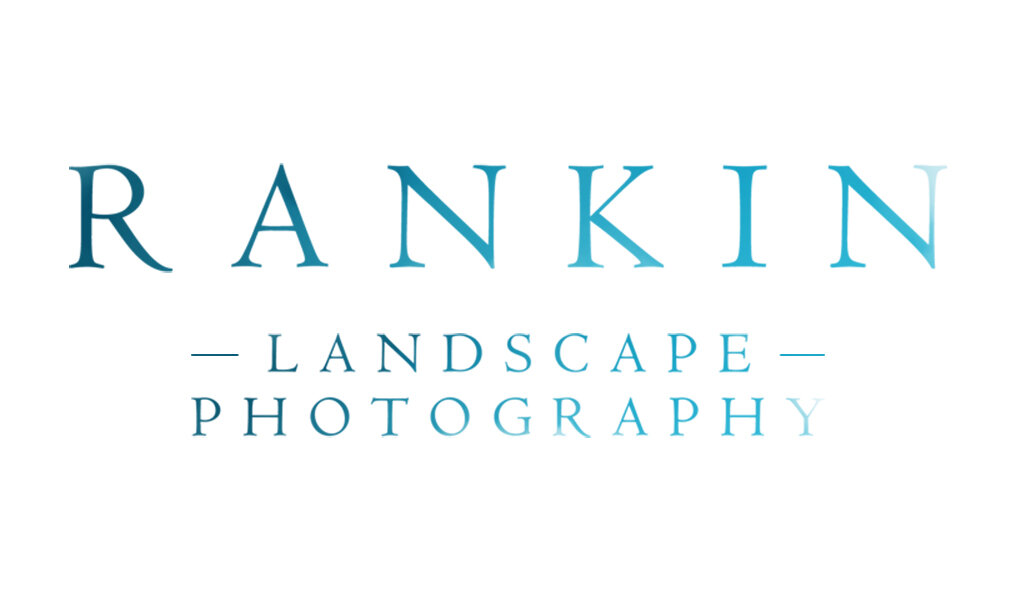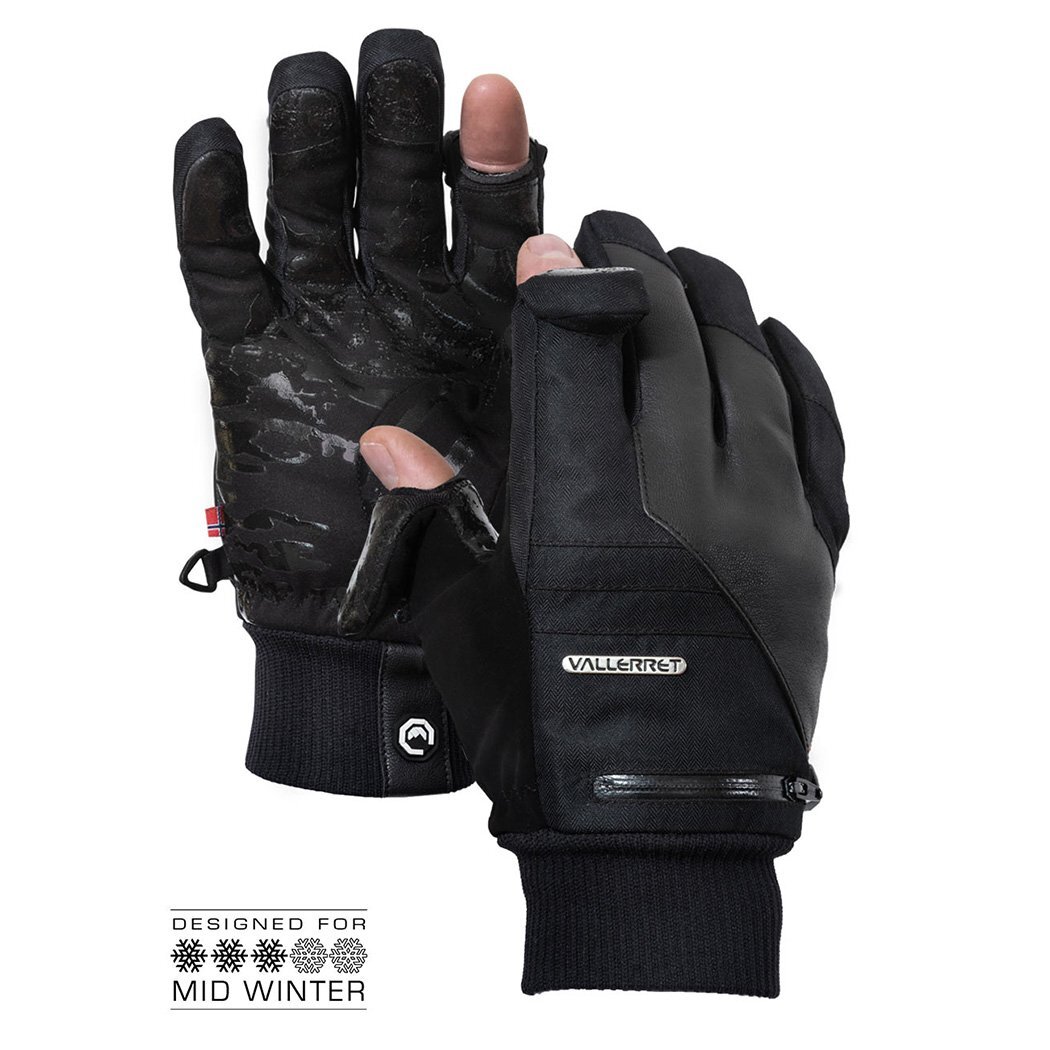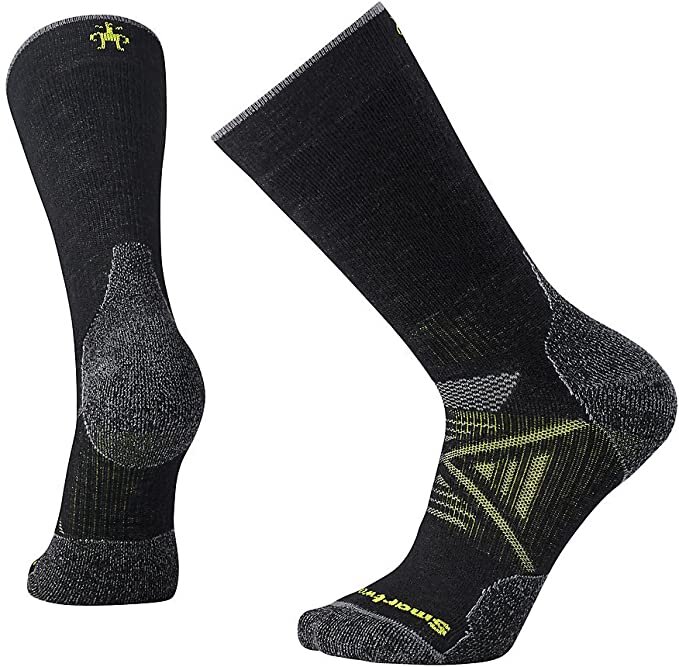Happy New Year everyone and here’s to 2021 on being significantly better than the last. Something I have been meaning to write for a while now, has been a kit list of sorts that I find essential for both comfort and protection when I head out into the elements any time of year to photograph the landscape. I will note immediately this article will be omitting camera equipment from this particular list as everyone has their preferred systems and this piece focusses on what I would consider a summary or refinement of all my years experience camping in remote/wild locations to capture the landscape. Nothing will deter you from your photography faster than being ill prepared for inclement weather, particularly when you are far away from the even the safe haven of your car or any other form of basic shelter. One caveat that I will mention is I am of the buy once/cry once philosophy, so while some of these items can be considered expensive, just note they are more than likely a 1 in 10 year purchase timeframe at a minimum and I do tend to take advantage of sales/rewards points where possible. Without further ado….
Outer Layers
I have found over the years that what I wear, greatly impacts my level of comfort (and endurance) to how long I can be out photographing for. My fascination and ultimately admiration for technical wear began approximately 15 years ago when I worked in an outdoor store in Belfast. Reading through the literature of the accompanying brochures for all the high end technical wear for summiting mountains or camping in remote locations gave a deeper understanding as to how this equipment can protect you but also the material science behind it which I believe is more justifiable in cost to keep you warm and dry than splashing out on an expensive suit because of a brand name. Here are my recommendations.
Arc’teryx Beta AR
Approximately 15 years ago when working at the previously mentioned outdoor specialist store, I took advantage of the (very) generous staff discounts on North Face equipment. I picked up a summit series Gore-Tex jacket and from then on realised the importance of the fabric technology within. Unfortunately due to some of the lining wearing away, the cuff straps disintegrating and the jacket being well worn I upgraded to my current waterproof shell, the Arc’teryx Beta AR. While significantly lighter than the North Face jacket I owned previously, this shell has been bombproof. I have sustained 5/6 hours solid in lashing rain and storm force winds off the Donegal coast and this kept me bone dry. The jacket features Gore-Tex pro fabric which is their top of the line waterproofing technology and all the seams are sealed. Waterproof zips, adjustable cuffs and a very generous hood helps shield you from the elements, it’s tailored nicely but certainly leaves ample room to layer up, I highly recommend it.
Patagonia Powder Bowl Pants
Another staple in my protection from the elements are my Patagonia Powder Bowl pants. While these are technically snowboarding pants, their Gore Tex fabric and slightly soft inner lining means I can wear these comfortably on warmer days on their own and be sure to be protected. They also feature handy lace hooks and my favourite thing about them is their ventilation zips down the sides for dumping excess heat during more strenuous hikes. There are lighter alternatives on the market but I tend not to worry about gram counting where it compromises effectiveness.
Salomon Quest 4d 3 GTX
As you can imagine by now the GTX yet again stands for Gore Tex and I have had these boots for a number of years now and have always been happy with their performance. These are very light weight as far as my experience with boots go and most importantly have always kept my feet dry when hiking across the Irish bog land. The grip is excellent and it feels very secure on unstable terrain, they have saved me from some serious sprains on numerous occasions when the terrain underfoot has given way unexpectedly.
Insulation
The key for dressing for the elements appropriately is based on the tried and tested layering system consisting of a base layer/insulation/shell. This flexibility allows you to add or remove layers as necessary depending on level of activity and as those of us know with a heavy pack full of equipment, this is essential. However, I do have a variety of these as unfortunately there is not a do-everything piece due to the wide temperature range here in Ireland.
Rab Valiance Jacket
Rab Valiance Jacket
My ultimate winter jacket here in Ireland, is the Valiance. It is filled with a hydrophobic down, the warmest warmth to weight ratio insulation material that also is moisture resistant. While I won’t get into the pros and cons of down vs synthetic, this new hydrophobic process adds further resistance to protecting the down whilst also reassuring you it will not clump up and fail to keep you warm. While this jacket is considered waterproof, I would not feel as confident that it could keep me as dry as my Beta AR. I do find it an excellent compromise to keeping me dry and toasty in the wet Irish winter. I have found it’s biggest benefits is not only is it incredibly warm and feels like you are wrapped in a duvet, but that it packs down to the size of a grapefruit, perfect for stowing in the pack and adding plenty of warmth at the end of the day on location.
Arc’teryx Cerium LT
Arc’teryx Cerium LT
Probably my most worn item over all, is this excellent down jacket. It packs down to the size of a Nalgene bottle but keeps me plenty warm during the evenings when camping from Spring through Autumn. It has a durable water repellent (DWR) coating which again is useful for light showers if you are caught out.
Atom LT
Arc’teryx Atom LT
The only synthetic layer I have in my collection is this version of the Atom LT. They do have a hooded version but as I originally envisaged wearing it under another insulating layer during extra cold days, I opted for this model instead. The side panels are stretchy and allow for temperature control, the shell has a DWR finish which helps against those spontaneous Irish showers and I general will wear this year round whether I’m shooting landscapes or not.
Vallerret Markhof Pro 2.0 Gloves
Vallerret Markhof Pro 2.0 Gloves
A relatively recent addition to my photo clothing arsenal are the Markhof gloves. I have found them very warm and comfortable, but the dexterity in them has been the best thing about them when operating my camera or drone in the cold weather. The flippable thumb and index finger tips have been crucial when fiddling with dials, menus and touchscreens.
Base Layers & More
It may seem unusual that the first layer of clothing that you put on is the layer of clothing I’ve left till last, but I genuinely believe that that the two other categories have given me the largest benefit when shooting on location to my level of comfort and protection. And when one tries to refine their ideal collection past that point, this area has been far more forgiving when upgrading items in your clothing kit.
Outdoor Research Ferrosi Pants
These have been some of the most comfortable pants I have ever worn hiking. They’re incredibly stretchy, so no movement is restricted whatsoever and they have a handy DWR finish on them which means that rain sheds from them in light showers. However, their thinner fabric is more traditionally suited for more 3 season trips when I’m out shooting landscapes but I tend not to be affected by the cold on my legs too much in general.
The North Face Warm Crew
In colder conditions when hunting for new landscape perspectives I tend to wear this particular synthetic base layer to keep me warm but comfortable. I have found that it has been pretty good for moisture management and after a couple of days wear does not seem to hold on to odours which is a great benefit.
SmartWool PhD Medium Crew Socks
For many years I pretty much ignored the allure of proper hiking socks until I decided to splurge a little 2 years ago and I regret I am so late to the ‘game’. These are incredibly comfortable and I have trialled them numerous days in a row where they not only kept my feet warm and dry without causing blisters, but they do not seem to retain any significant odour either.
Rab Forge SS Tee
This has only been a recent addition to my clothing kit list but I’m very happy with them. They are made from a merino blend which makes it both warm but temperature regulating whilst having the ability to wick away any moisture produced through hiking. I also appreciate that the stitching around the shouleders falls in such a way that the camera bag straps have nothing to rub against and cause irritation.
Thanks for taking the time to look over this summary. I hope it has given you an idea of the best way to keep yourself protected from the elements and hopefully provided a bit of a shortcut in the amount of research you’ll need to do yourself to be happy out shooting in the worst conditions. In the 2nd part of this short series, I’ll be going over the list of equipment I use when camping on location which should provide a comfortable shelter and nice sleep ready for multi-day shooting. Stay tuned.












